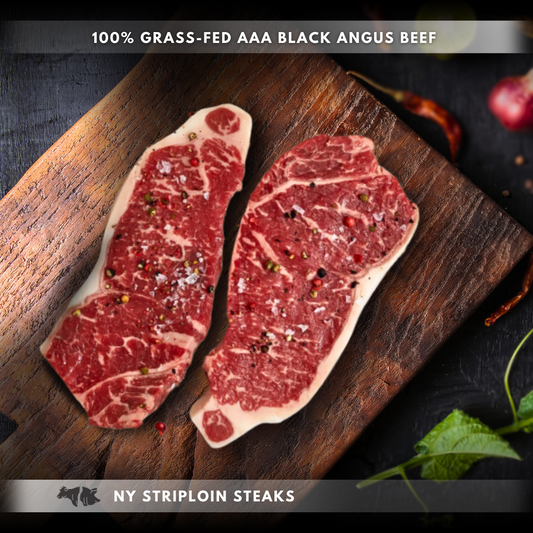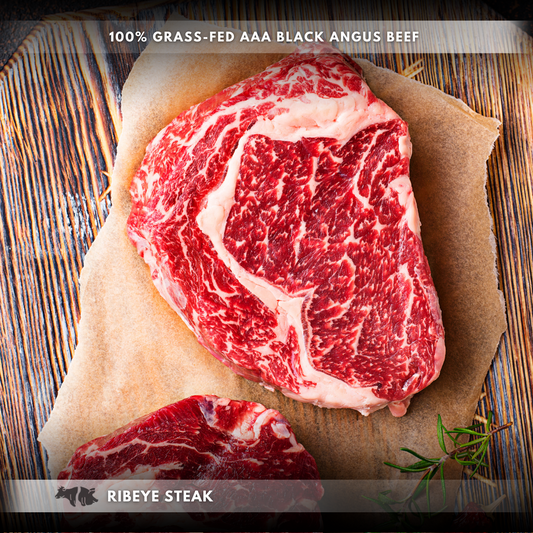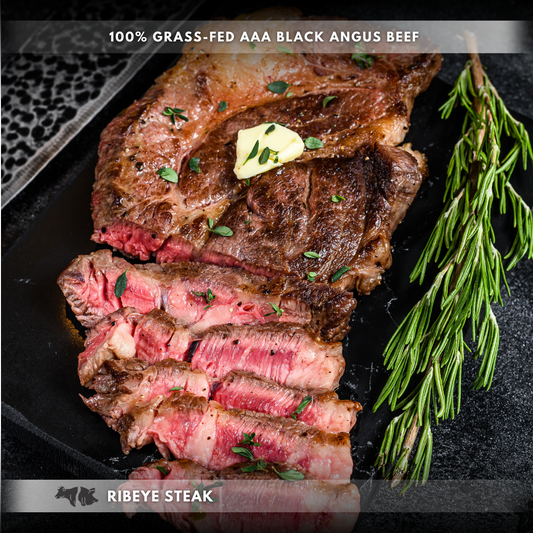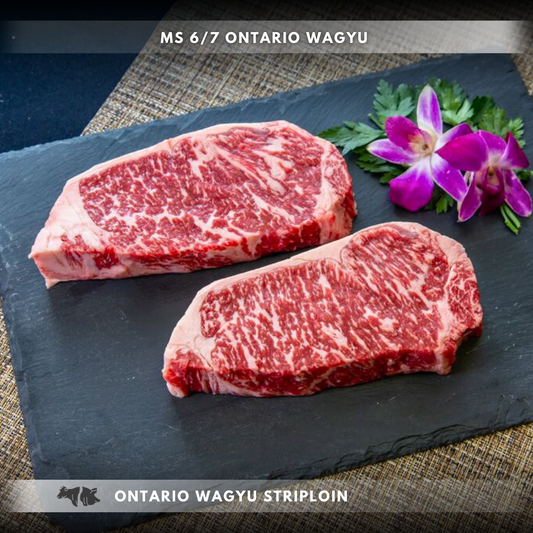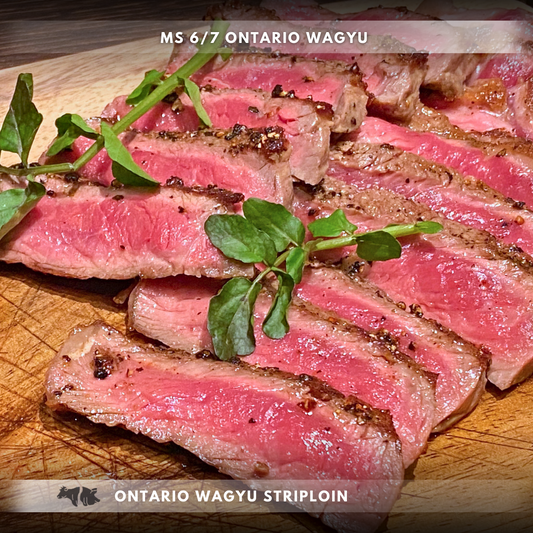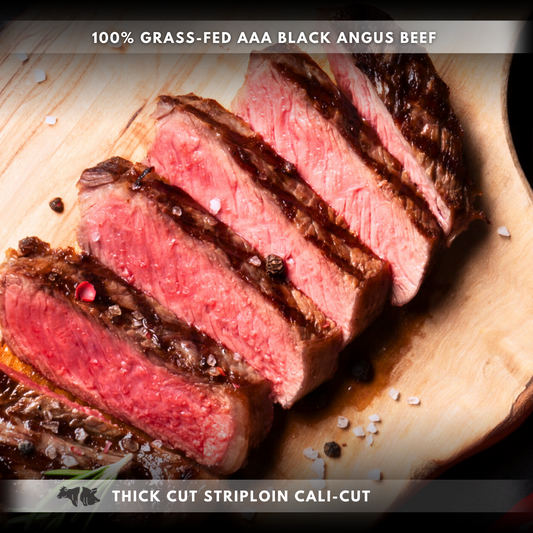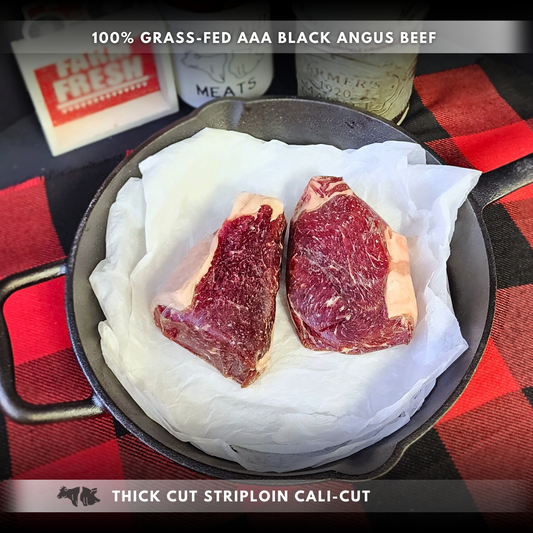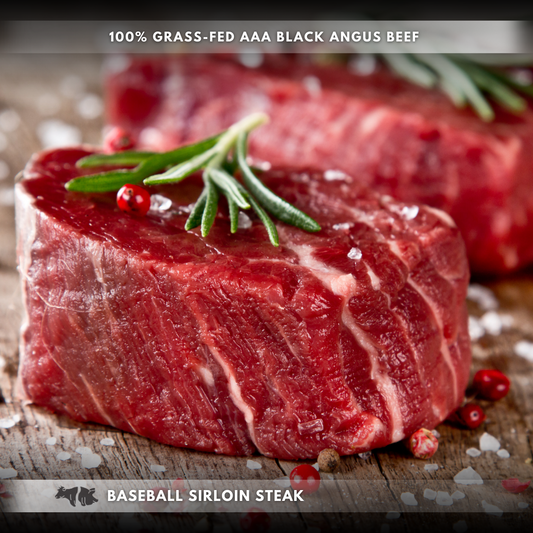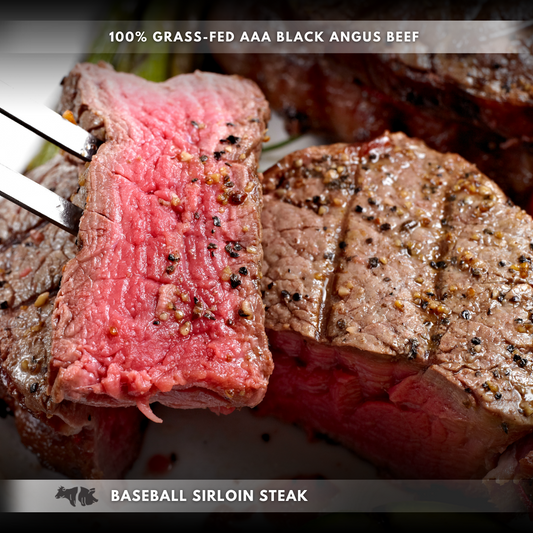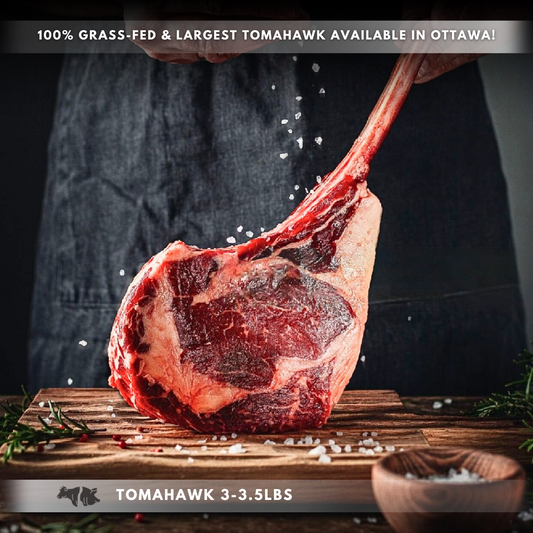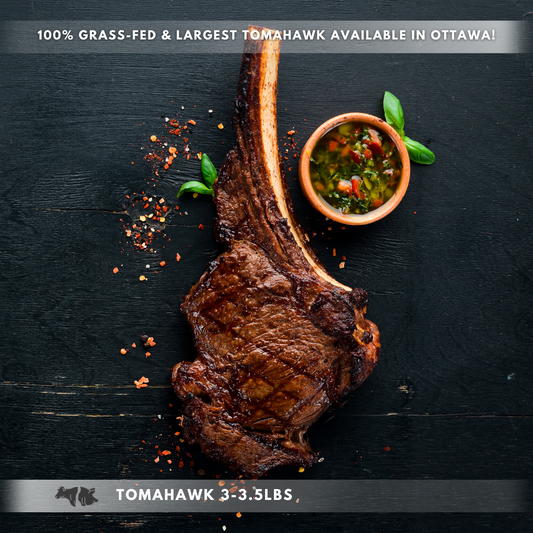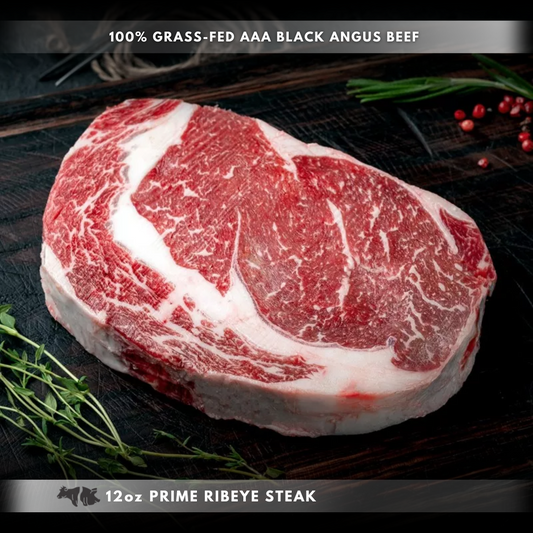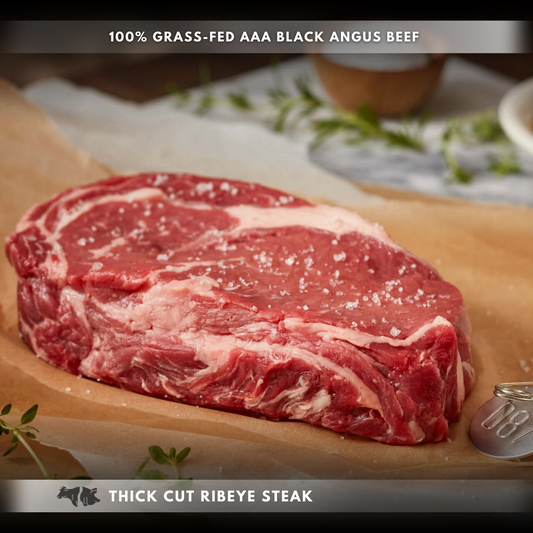Benefits of Vacuum Sealed & Flash Frozen Meat
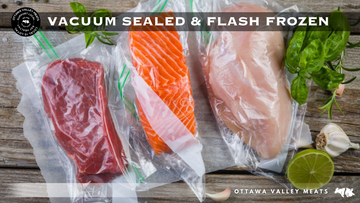
What is Vacuum Sealing?
Vacuum sealing is a process of packaging food in which all the air in the package is removed before sealing. If you have ever stored meat in your freezer without vacuum sealing beforehand, you’ll have noticed that when you eventually do eat it, the taste, colour, and odor seem to be a little off. That is what’s called “freezer burn.” Vacuum sealing protein not only keeps it fresher for longer but will also end up saving you money in the long run, it’s a win-win! We highly suggest people pick up a vacuum sealer for home use for purposes of re-portioning/fixing blown packaging. The machine does not need to be anything fancy, some can be purchased for as low as $30.
What is Flash Freezing?
Flash freezing preserves the product quality. Most freezers for personal use, like the ones in our homes, are not designed to freeze food quickly; they are made to maintain foods at a frozen temperature. Though eventually most items put into our home freezers will freeze, it could take quite some time, more than a few hours even, to freeze completely. During this slower freezing process, ice crystals can form between the fibers and can result in the breakage of those fibers. The juices and nutrients that were sealed into the grains of those meats and their natural, juicy flavours are forced out of them. This can also cause freezer burn and the meats will dry out quickly when you cook them. Flash freezing prevents crystals from forming and you have the juicy, nutrient-filled meat you intended to have.
What we do at OVM
Here at OVM we decided to combine the best of both worlds to ensure you are receiving only the freshest, highest quality, local meats. Flash freezing in combination with vacuum sealing allows the food to stay fresh for up and over a full year! It’s the best way to freeze meat without the use of any preservatives and is therefore 100% natural. It also deprives the food of oxygen and from picking up any spores that allow for mold and bacteria to grow. To consume our amazing proteins, we suggest thawing the product overnight in the refrigerator in a leak-proof container (sometimes the change in temperature causes seals to loosen up naturally.) Click here to see a chart of freezer storage guidelines.


